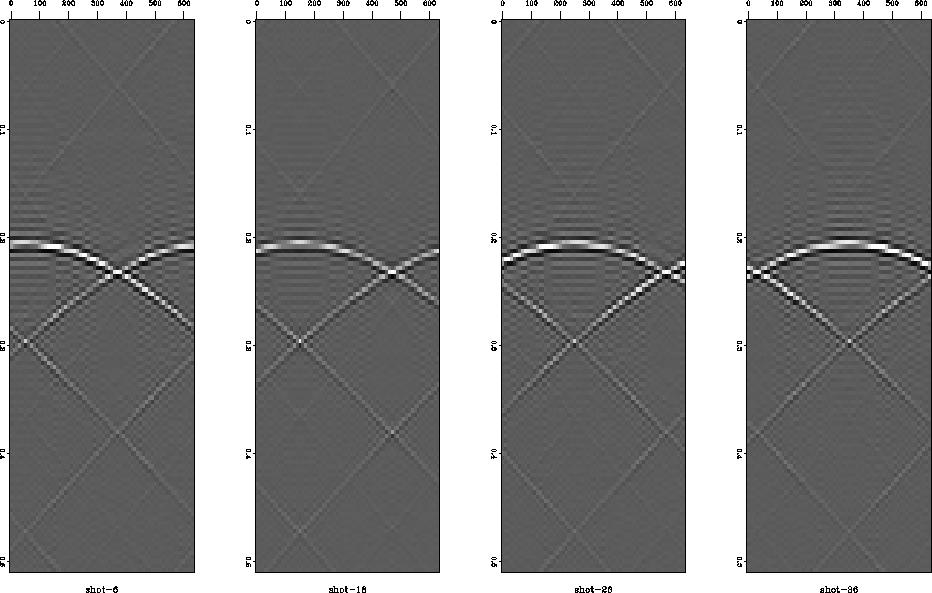|
presynmdl
Figure 15 Synthetic model with a flat reflector image (lower) under an undulating surface (upper). Four black dots along the surface represent shot locations shown in Figure 16 |  |
|
presynmdl
Figure 15 Synthetic model with a flat reflector image (lower) under an undulating surface (upper). Four black dots along the surface represent shot locations shown in Figure 16 |  |
 |
 |
 |
 |